Dacia Duster vs Kia Niro – Differences & prices compared
Everyday use, family trips or long-distance drives – here’s where the differences show.
Discover whether Dacia Duster or Kia Niro fits your lifestyle better.
Costs and Efficiency:
Price and efficiency are key factors when choosing a car – and this is often where the real differences emerge.
Dacia Duster has a decisively advantage in terms of price – it starts at 16300 £, while the Kia Niro costs 29100 £. That’s a price difference of around 12857 £.
Fuel consumption also shows a difference: Kia Niro manages with 2.40 L and is therefore clearly more efficient than the Dacia Duster with 5 L. The difference is about 2.60 L per 100 km.
Engine and Performance:
Power, torque and acceleration are the classic benchmarks for car enthusiasts – and here, some clear differences start to show.
When it comes to engine power, the Kia Niro has a noticeable edge – offering 180 HP compared to 140 HP. That’s roughly 40 HP more horsepower.
Both models accelerate almost equally fast – 9.90 s from 0 to 100 km/h.
In terms of top speed, the Kia Niro performs hardly perceptible better – reaching 185 km/h, while the Dacia Duster tops out at 180 km/h. The difference is around 5 km/h.
There’s also a difference in torque: Kia Niro pulls to a small extent stronger with 265 Nm compared to 230 Nm. That’s about 35 Nm difference.
Space and Everyday Use:
Whether family car or daily driver – which one offers more room, flexibility and comfort?
Both vehicles offer seating for 5 people.
In curb weight, Dacia Duster is minimal lighter – 1351 kg compared to 1474 kg. The difference is around 123 kg.
In terms of boot space, the Dacia Duster offers somewhat more room – 517 L compared to 451 L. That’s a difference of about 66 L.
In maximum load capacity, the Dacia Duster performs slightly better – up to 1609 L, which is about 164 L more than the Kia Niro.
When it comes to payload, Kia Niro slight takes the win – 466 kg compared to 430 kg. That’s a difference of about 36 kg.
Who comes out on top?
Overall, the Kia Niro shows itself to be dominates this comparison and secures the title of DriveDuel Champion.
It convinces with the more balanced overall package and proves to be the more versatile choice for everyday use.
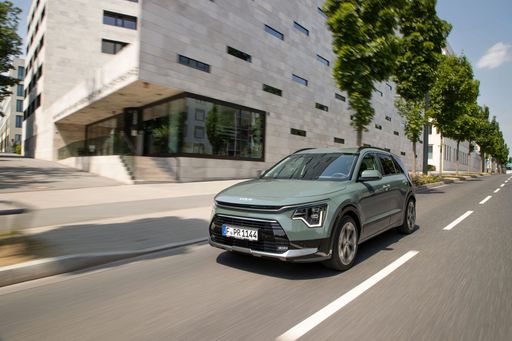 @ Kia Corporation
@ Kia Corporation
Kia Niro
Dacia Duster
The Dacia Duster is a no-nonsense compact SUV that delivers rugged practicality and surprisingly comfortable everyday driving without fuss. It might not win any beauty contests, but its honest design, easy-to-live-with cabin and tough attitude make it a smart pick for buyers who want reliable transport without luxury frills.
details @ Dacia / Renault Group Media
@ Dacia / Renault Group Media
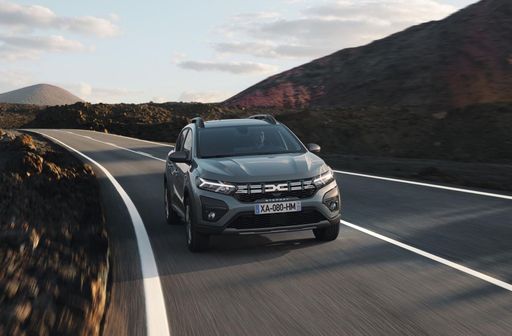 @ Dacia / Renault Group Media
@ Dacia / Renault Group Media
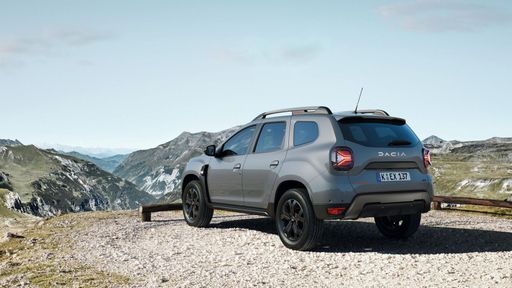 @ Dacia / Renault Group Media
@ Dacia / Renault Group Media
 @ Dacia / Renault Group Media
@ Dacia / Renault Group Media
Kia Niro
The Kia Niro blends clever packaging and modern styling into a compact crossover that’s refreshingly sensible for daily life. It’s comfortable, economical and packed with user‑friendly tech, so if you want a fuss‑free family car with a touch of green credibility, the Niro is worth a test drive.
details @ Kia Corporation
@ Kia Corporation
 @ Kia Corporation
@ Kia Corporation
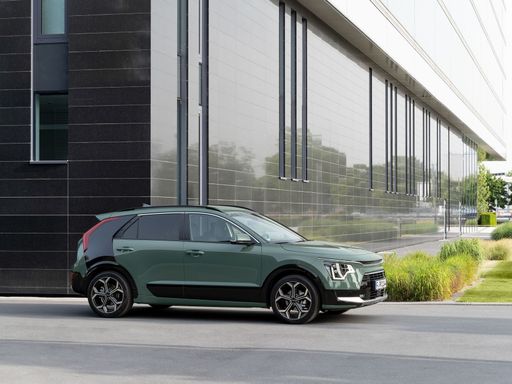 @ Kia Corporation
@ Kia Corporation
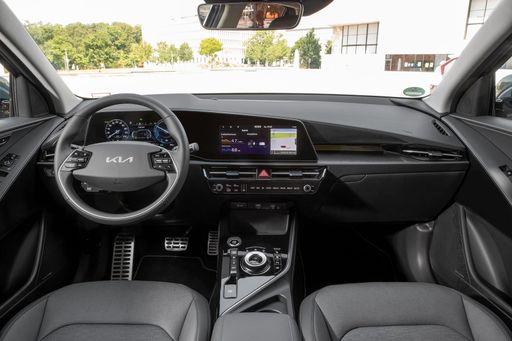 @ Kia Corporation
@ Kia Corporation
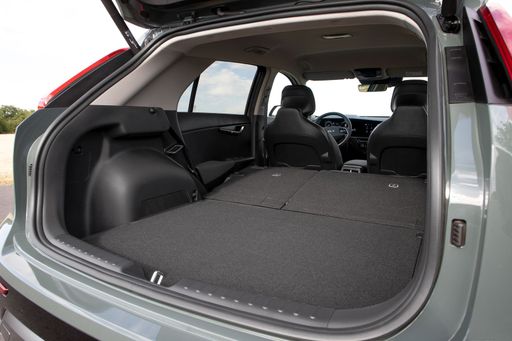 @ Kia Corporation
@ Kia Corporation
 @ Dacia / Renault Group Media
@ Dacia / Renault Group Media
|
 @ Kia Corporation
@ Kia Corporation
|
|
|
|
Costs and Consumption |
|
|---|---|
|
Price
16300 - 24800 £
|
Price
29100 - 38600 £
|
|
Consumption L/100km
5 - 7.6 L
|
Consumption L/100km
2.4 - 4.9 L
|
|
Consumption kWh/100km
-
|
Consumption kWh/100km
-
|
|
Electric Range
-
|
Electric Range
57 - 62 km
|
|
Battery Capacity
0.60 kWh
|
Battery Capacity
1.3 - 11.1 kWh
|
|
co2
113 - 148 g/km
|
co2
53 - 111 g/km
|
|
Fuel tank capacity
49 - 55 L
|
Fuel tank capacity
37 - 42 L
|
Dimensions and Body |
|
|---|---|
|
Body Type
SUV
|
Body Type
SUV
|
|
Seats
5
|
Seats
5
|
|
Doors
5
|
Doors
5
|
|
Curb weight
1351 - 1465 kg
|
Curb weight
1474 - 1594 kg
|
|
Trunk capacity
430 - 517 L
|
Trunk capacity
348 - 451 L
|
|
Length
4343 mm
|
Length
4420 mm
|
|
Width
1813 mm
|
Width
1825 mm
|
|
Height
1656 - 1661 mm
|
Height
1545 mm
|
|
Max trunk capacity
1545 - 1609 L
|
Max trunk capacity
1342 - 1445 L
|
|
Payload
414 - 430 kg
|
Payload
466 kg
|
Engine and Performance |
|
|---|---|
|
Engine Type
LPG, Full Hybrid, Petrol MHEV
|
Engine Type
Full Hybrid, Plugin Hybrid
|
|
Transmission
Manuel, Automatic
|
Transmission
Automatic
|
|
Transmission Detail
Manual Gearbox, Automated Manual
|
Transmission Detail
Dual-Clutch Automatic
|
|
Drive Type
Front-Wheel Drive, All-Wheel Drive
|
Drive Type
Front-Wheel Drive
|
|
Power HP
91 - 140 HP
|
Power HP
138 - 180 HP
|
|
Acceleration 0-100km/h
9.9 - 14 s
|
Acceleration 0-100km/h
9.9 - 11.4 s
|
|
Max Speed
160 - 180 km/h
|
Max Speed
170 - 185 km/h
|
|
Torque
160 - 230 Nm
|
Torque
265 Nm
|
|
Number of Cylinders
3 - 4
|
Number of Cylinders
4
|
|
Power kW
67 - 104 kW
|
Power kW
102 - 132 kW
|
|
Engine capacity
999 - 1598 cm3
|
Engine capacity
1580 cm3
|
General |
|
|---|---|
|
Model Year
2024 - 2025
|
Model Year
2025
|
|
CO2 Efficiency Class
D, C, E
|
CO2 Efficiency Class
C, B
|
|
Brand
Dacia
|
Brand
Kia
|
What drivetrain options does the Dacia Duster have?
The Dacia Duster is offered with Front-Wheel Drive or All-Wheel Drive.
The prices and data displayed are estimates based on German list prices and may vary by country. This information is not legally binding.
